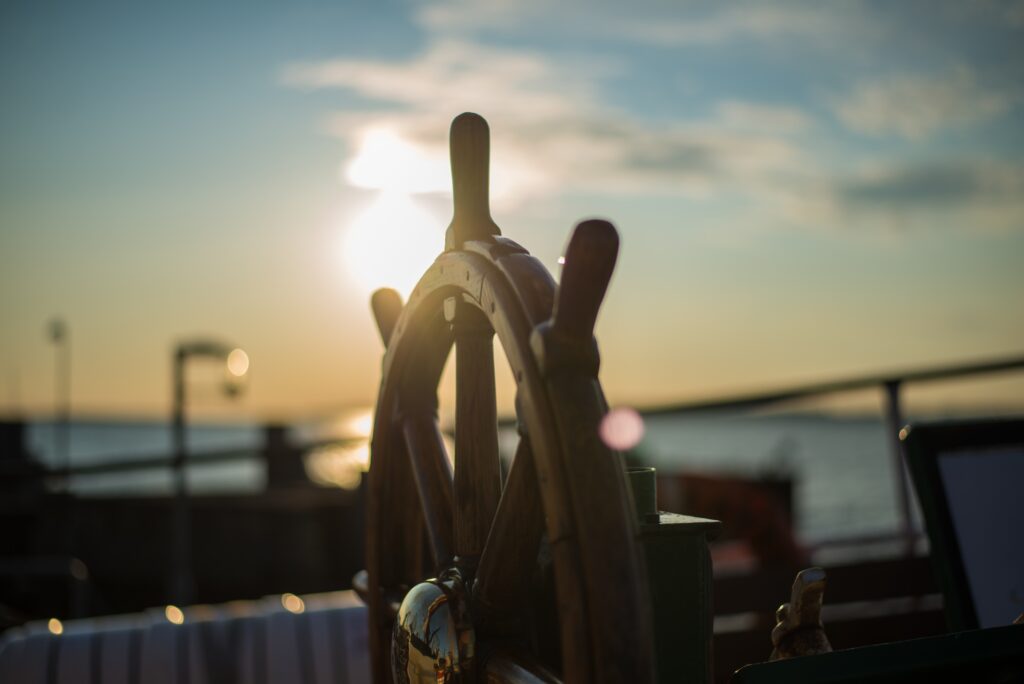
The project ” Ten-year Strategic Plan of Marine Industries ” was performed in 2015 to formulate the ten-year strategic plan for Iran’s marine industries. One of the important phases of this project was the system modelling of the sector’s growth under different scenarios regarding the key uncertainties in the macro environment. Other conducted analyses include benchmarking, value chain analysis, institutional analysis, expert interviews, SWOT analysis, and demand trend analysis.
Introduction
Iran’s marine industries carry a rich and strategic history, playing a pivotal role within the country. Despite abundant resources and substantial potential, Iran’s marine industries have failed to develop as expected, leading to a lack of competitiveness within the sector. Recent years have presented a series of challenges, including financial constraints, technological limitations, etc. These obstacles are compounded by historical issues such as mismanagement and financial difficulties that have impeded the industry’s growth.
To address these challenges, the Ministry of Industry, Mine, and Trade launched a strategic development plan for marine industries in 2015. The Marine Engineering Research Center at the Sharif University of Technology conducted the necessary studies to formulate a 10-year strategic development plan for the country’s marine industries.
Steps for Strategic Plan of Marine Industries
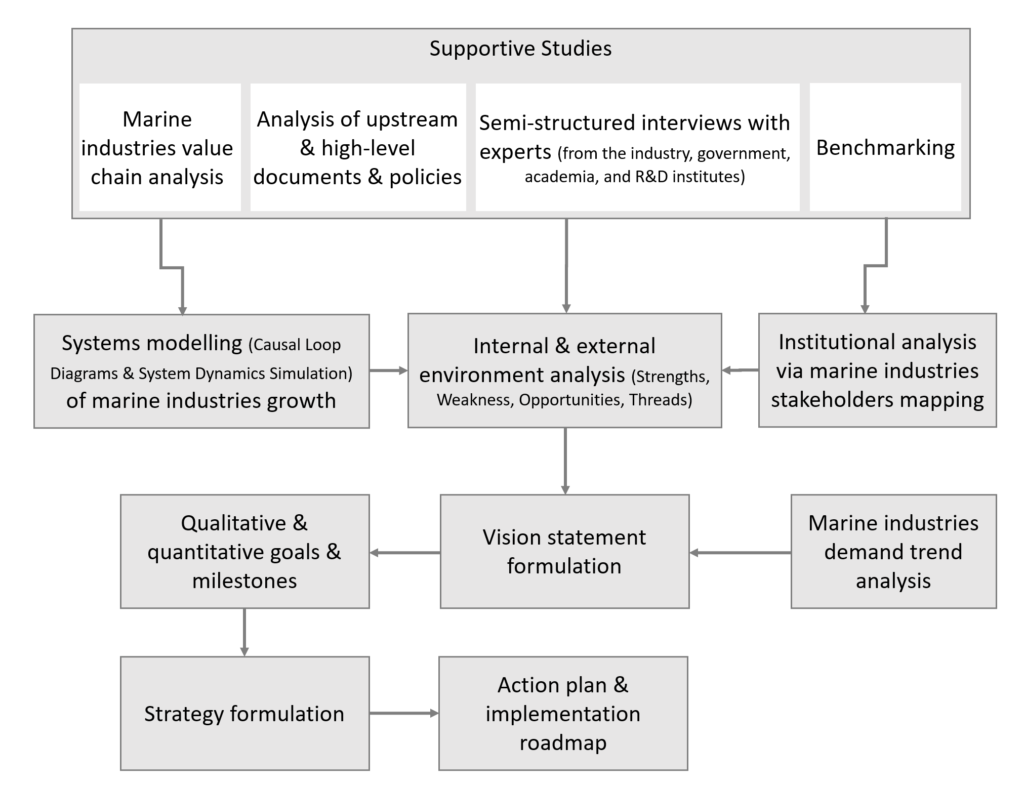
Supportive Studies
The initial phase of this project encompassed supportive studies. These studies involved an in-depth analysis of high-level and upstream documents and policies relating to marine industries, resulting in the identification of development guidelines and overarching policies relevant to the sector. Additionally, to leverage insights from the marine industry’s growth in other countries, studies were conducted on marine industries in Turkey, China, Malaysia, and Romania. A crucial aspect of the supportive studies involved interviews with 30 experts, conducted in a semi-structured manner to cover a wide spectrum of industry-related topics and perspectives.
Institutional Analysis
Subsequently, a stakeholder map depicting organizations involved in the marine industries was devised. This graphical representation facilitated the identification of institutional gaps necessary for a robust marine industry.
Systems Modelling for Marine Industries Growth
A pivotal focus of the project was the systems modelling of the industry’s future (growth). This study aimed to illustrate mechanisms that influence industry growth and provided a means of reflecting feedback on strategies. To achieve this, after depicting them via Causal Loop Diagrams, a mathematical simulation model of the shipbuilding industry’s overall performance was developed, resulting in simulation and numerical analysis of various scenarios.
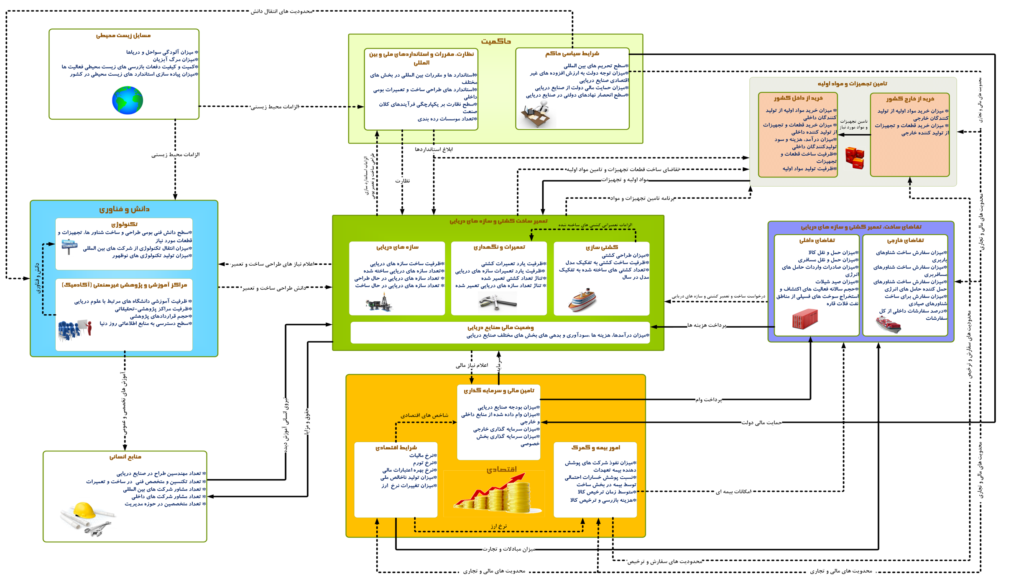
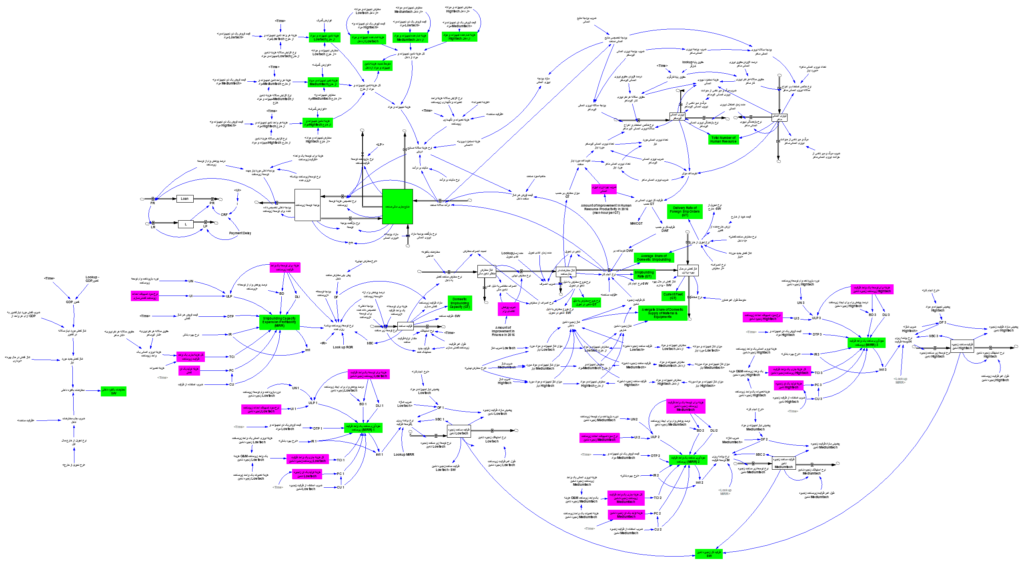
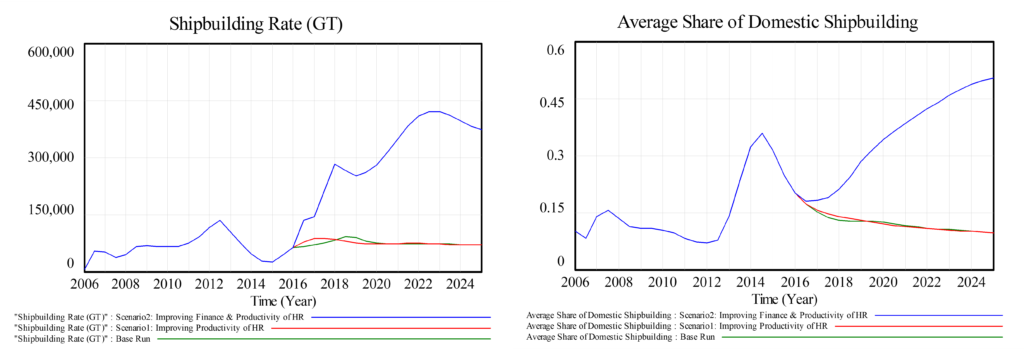
SWOT Analysis
Ultimately, the findings from the conducted studies resulted in the identification of Strengths, Weaknesses, Opportunities, and Threats (SWOT analysis). Based on this analysis, a list of factors was compiled and subsequently utilized to design a questionnaire for ranking the most critical factors. This questionnaire was administered to experts, yielding insights into the most crucial strengths, weaknesses, opportunities, and threats within the industry’s governing environment.
Demand Trend Analysis
In the following phase, a trend analysis was undertaken, forecasting the country’s future demand for different types of marine vessels and sea platforms. This comprehensive study encompassed construction, repair, modernization, and decommissioning. Accordingly, the market volume for various marine vessels and sea platforms was estimated by 2025.
Vision, Goals, Strategies, and Action Plan
Drawing upon the results of market trends and SWOT analysis, a vision statement and qualitative goals / quantitative targets for the country’s marine industries were formulated. Finally, based on these established goals, strategies and action plans for each sector were developed and an implementation roadmap was prepared to guide the achievement of these objectives.

Let’s learn Systems Modelling together!
I share useful information about Systems Modelling here weekly.
My role in this project:
I acted as the internal team manager collaborating with the project manager directly to define tasks and control the quality of outputs of the simultaneous studies performed by team members. I was responsible for the whole systems modelling, benchmarking, and trend analysis phases and also I engaged in all project presentations and publications.
Moreover, I assisted the project manager in the following tasks: recruiting new team members, drafting the reports and policy papers, preparation of presentations, and writing conference and journal papers.
Images by orbtal media on Unsplash & Freepik